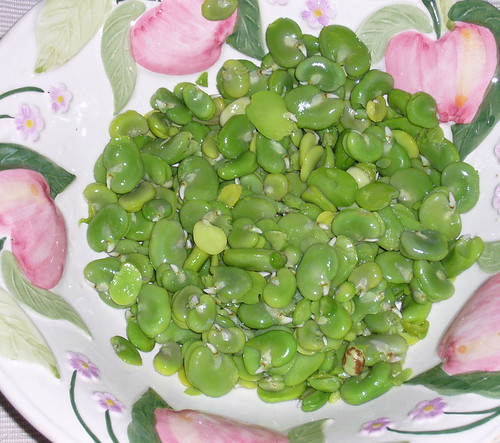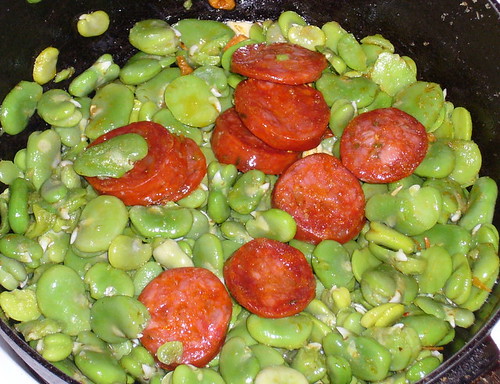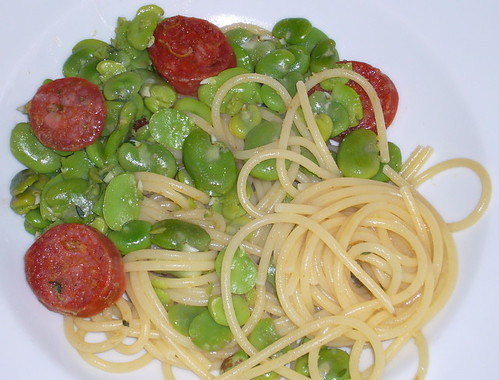Several years ago I went to
SriLanka for an
Ayurveda regimen. I enjoyed the food there very much. To me as a German those vegetables and the combination of spices was unknown and exotic, but I absolutely adored the food. Each dish would be prepared from scratch, all ingredients would be fresh and fragrant.
The other day, on a bicycle tour across town, I discovered a brand new Indian Food store which imports fresh vegetables, herbs and spices from several asian countries.
The first time I spend at least an hour in this
store, picking up and looking at so many new and interesting products and
labels, and somehow this brought back nice memories of the
Sri Lankan vacation time. The
Internet and especially food enthusiasts with food blogs make it so much easier to lean about even the most exotic vegetables and spices.
In
Mohandis's blog I found this easy and very tasty recipe for
Bitter Gourd Chips which I took as guidance. My adaptation goes like this:
Slice 2
Bitter Gourds , mix in a bowl with
1/2 tsp of each
salt,
ground dried chili,
minced fresh garlic,
tumaric.
Let stand for 10 min., preheat oven to 180°C. Arrange slices on baking tray covered with aluminum foil and bake for approx. 12. min.
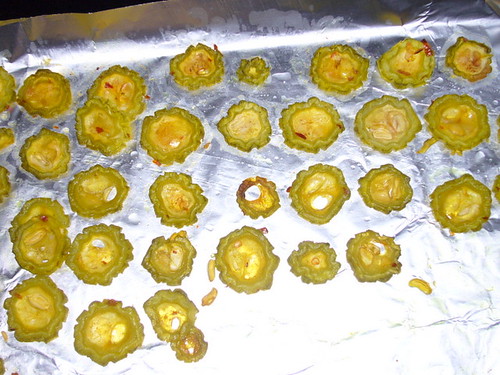 In Cooking with Kurma I found this recipe for Coconut Chutney which in my mind made a great combination with the bitter gourd. I slightly adapted it to the ingredients that I had available:
In Cooking with Kurma I found this recipe for Coconut Chutney which in my mind made a great combination with the bitter gourd. I slightly adapted it to the ingredients that I had available:
Lemon-Coconut Chutney - Preparation time: about 10 minutes, makes about 2½ cups
1½ cups dessicated coconut
1½ cups yogurt
½ cup cold water
rind of ½ Lemon
1 tablespoon minced fresh ginger
2 teaspoons green chilies, chopped
¼ teaspoon freshly ground black pepper
½ teaspoon salt
2 tablespoons peanut oil
1 teaspoon black mustard seeds
10 or 12 fresh curry leaves
Whisk together theall ingredients exeptthe last three.Heat the oil in a small pan over moderate heat. When the oil is hot, drop in the mustard seeds, and fry them until they crackle. Drop in the curry leaves - careful – they can crackle violently. Swirl the pan, and quickly empty the whole pan of fried seasonings into the chutney. Mix well and serve.
My simple rice recipe:1 cup Basmati rice2 cups water1 Tbsp Niter Kebbeh (ethiopian spiced butter)1 tsp black mustard seeds10 fresh curry leavesBring rice in water to a boil, turn down heat, cover pot with a lit, and simmer for about 15 minutes.Melt Niter Kebbeh in pan, add mustard seeds, let them pop, then add curry leaves and wait until the crackle, add rice.Voilà.
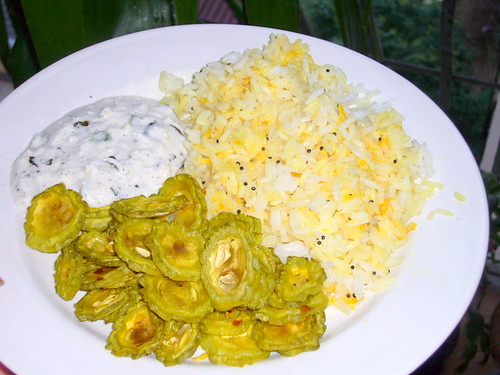
 Ingredients:
Ingredients: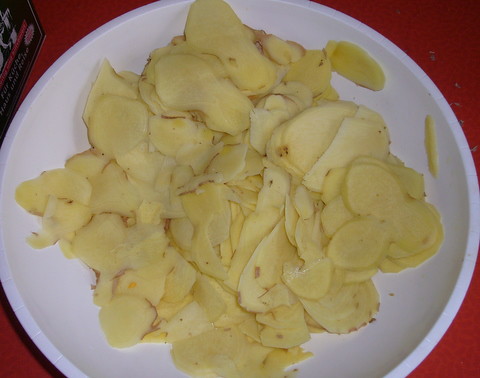
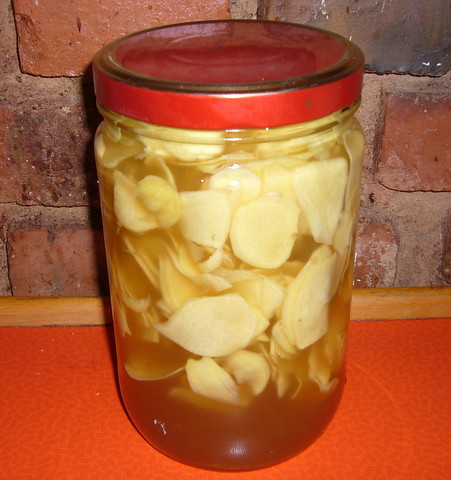 Put ginger and water-vinegar-salt solution in a clean jar, close lit tightly and refrigerate for two weeks before use.
Put ginger and water-vinegar-salt solution in a clean jar, close lit tightly and refrigerate for two weeks before use.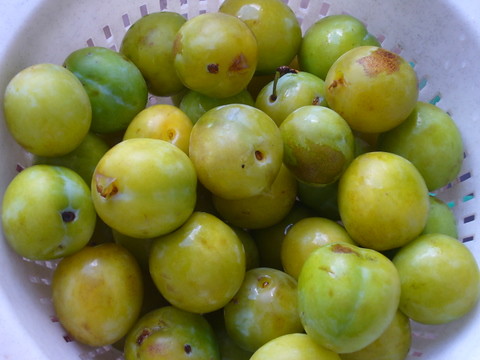

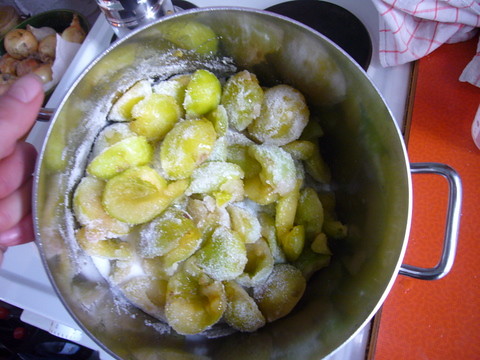


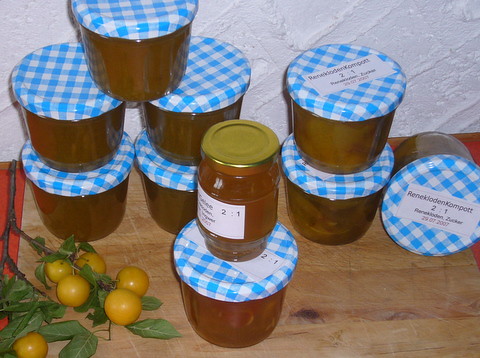


















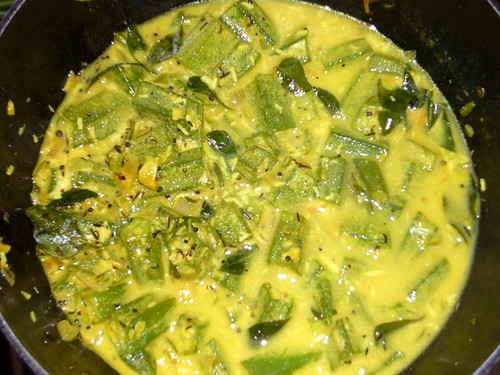
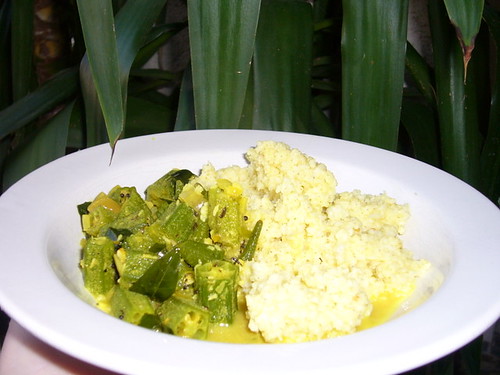
 In
In 

